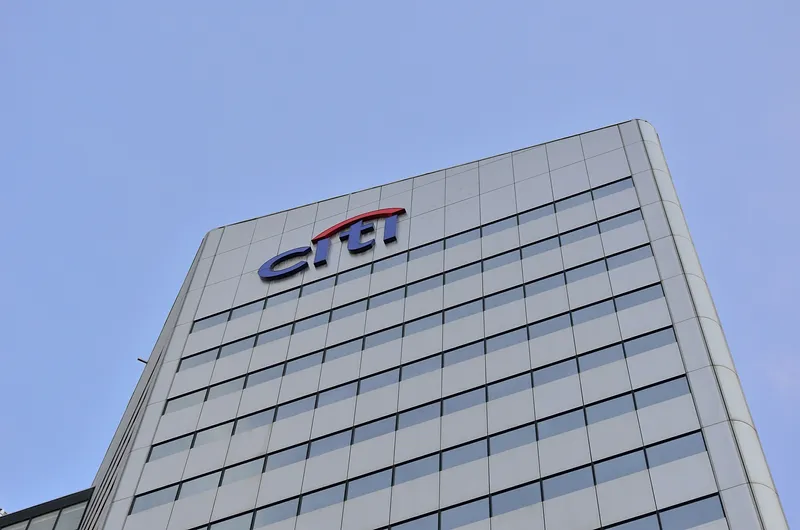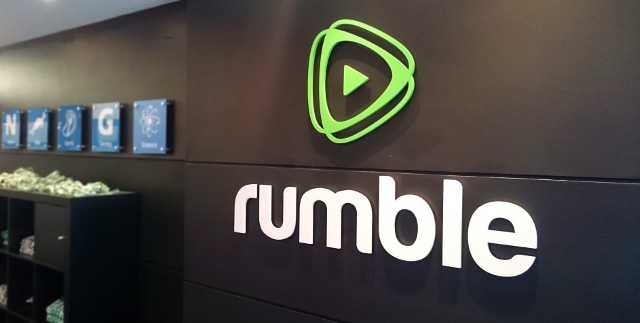The global wellness market is one of the fastest-growing, according to the Global Wellness Institute. As of 2018, the market was worth $4.2 trillion, having expanded at an average rate of 12.8% since 2016. However, there are no clear distinctions in an industry that encompasses the gym economy, massage and spa economy, mineral spring’s market, and so much more.
Nonetheless, the GWI has gone ahead to consider each of the sectors separately to isolate where the most growth is coming from. According to GWI’s Global Wellness Economy Monitor for 2018, the massage and spa market is among the fastest-growing within the global wellness industry. Particularly, GWI detailed that the global massage market was worth $118.8 billion as of 2018. Between 2007 and 2018, the number of massage parlors and spas increased two-fold to 149,000 from 71,000. In total, the global massage industry employed 2.6 million people as of 2018.
Interestingly, massage businesses mostly operate as franchises, where a global brand leases its name and products to smaller businesses. The idea is to remove barriers to entry from smaller businesses while expanding the market share of the bigger brand. Indeed, the global massage franchises industry is growing at high speed, having recorded double-digit growth between 2012 and 2017. The industry is just starting to flourish and, therefore, the rate of growth is expected to remain high in the near term.
In which countries is the industry more robust?
The United States is the largest massage franchises market in the world. As of 2018, there were 22,694 businesses in the US focused on massage and other services, according to data from IBIS World. Collectively, the companies earned $18 billion in total revenues during that year.
The largest franchise in the US is Massage Envy. The Roark Capital Group-owned business is by far the largest massage franchise in the US, and perhaps worldwide. Notably, the franchise had 1,100 locations as of 2016, with earned sales amounting to $1 billion. Between 2007 and 2018, the US massage franchise industry generated over $730 billion. It, by far, is the largest output in any country in that period.

Geographical Europe is the region with the largest share of the global massage and spa market. According to the GWI, Europe accounted for over $210.8 billion of expenditure on wellness in 2017. Particularly, the UK and Germany top the region as the largest market for massage. Global franchises like Massage Envy and Marilyn Monroe Spa are setting up shop in these countries.
What are the sectors where the application of massage franchises industry is most today?
The massage industry spans many sectors that include back and foot comfort, skincare, diet and weight loss, and nutrition. However, GWI noted that the thermal and mineral springs sector is the largest. The industry entails the use of water as a stress reliever. In 2015, GWI figures showed that the thermal and mineral spring’s sector was worth $51 billion, but it grew substantially to reach $56.2 billion in just two years. Notably, Performance Health and HydraFacial are the largest businesses in this sector.
Other sectors that are growing fast in the industry include wellness education, media, consulting, and wellness-focused event organizing. Particularly, the thermal and mineral springs sector alone employs more 1.8 million people in Europe and the Asia Pacific alone, where the concentration of the services is highest.
Industry outlook
Two things are behind the tailwinds that are nudging the global massage franchises industry forward. One, the increasing danger of obesity and its awareness by the people. Two, the need to counter the effects of bad eating habits. As a result, the market is expected to register a growth rate of 17% in 2020.
Mainly, more people will spend money on gym memberships, supplements, specialized meal plans, personal trainers, and workout gear. Also, the increasing desire by baby boomers to stay healthy and mobile will drive growth. On the other hand, millennials are finding it trendy to keep fit, so are the Generation Xers.










